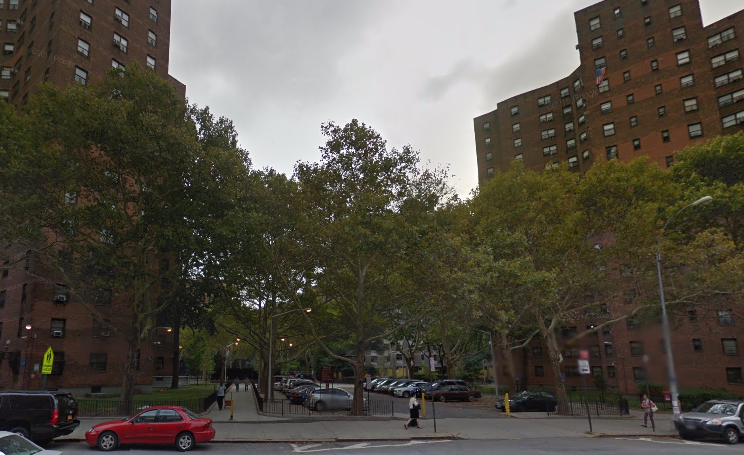
Google Maps
La Guardia Houses
The administration’s NextGeneration NYCHA program announced its third campus on Friday: La Guardia Houses in the Two Bridges neighborhood of the Lower East Side, about one block away from the five luxury towers rising or proposed along the waterfront.
The NextGeneration NYCHA program, also known as infill development, seeks to shore up funds for repairs in public housing and create new below-market housing by allowing developers to build on public housing land. At each campus, half the units in the new development are market-rate, and half are rent-restricted. The program has met with controversy, with some public housing tenants wary that new development will overcrowd their campuses or that new, wealthier residents will make their neighborhoods less affordable. There have also been disagreements along the way about how much say tenants should have in the process of selecting a developer. The city, for its part, describes the initiative as vital to the sustainability of the public housing stock, especially in the face of federal budget cuts.
In some way, La Guardia Houses is not a surprising target: It was on a list of eight public housing complexes that the Bloomberg administration determined had enough underutilized land to support development. The campus also has $70 million in unmet capital needs. Under the authority’s plan, half the proceeds from the lease of the land will be directed back to La Guardia, while the other half will be invested in NYCHA as a whole.
But the new building will add to the nearly 3,000 units proposed for construction about a block away and currently undergoing an unusual, combined environmental review process. Residents of the area have already expressed concerns about an influx of new people and the gentrifying effects of market-rate development.
While the size of the new building at La Guardia Houses has not yet been determined, officials told DNAinfo it could rise to 35 stories and include 400 to 500 units.
A 2013 rezoning plan created by a coalition of neighborhood stakeholders known as the Chinatown Working Group had recommended certain constraints on infill development, but was never passed. It would have required changes to NYCHA campuses to be approved through a public review process, and have required that development not “substantially alter the mix of income groups presently living in each planned community.”
While NYCHA does not require approval to develop its land, the authority says that it will engage in extensive community engagement to make “every effort possible to reach each resident to ensure NYCHA has their input” into the project, including with a new interactive website. Developers will be required to train and hire public housing residents, and NYCHA residents will receive a preference for 25 percent of the new rent-restricted units. The first public engagement meeting will be on May 18, and the authority expects to release a Request for Proposal (RFP) to find a developer this fall.








